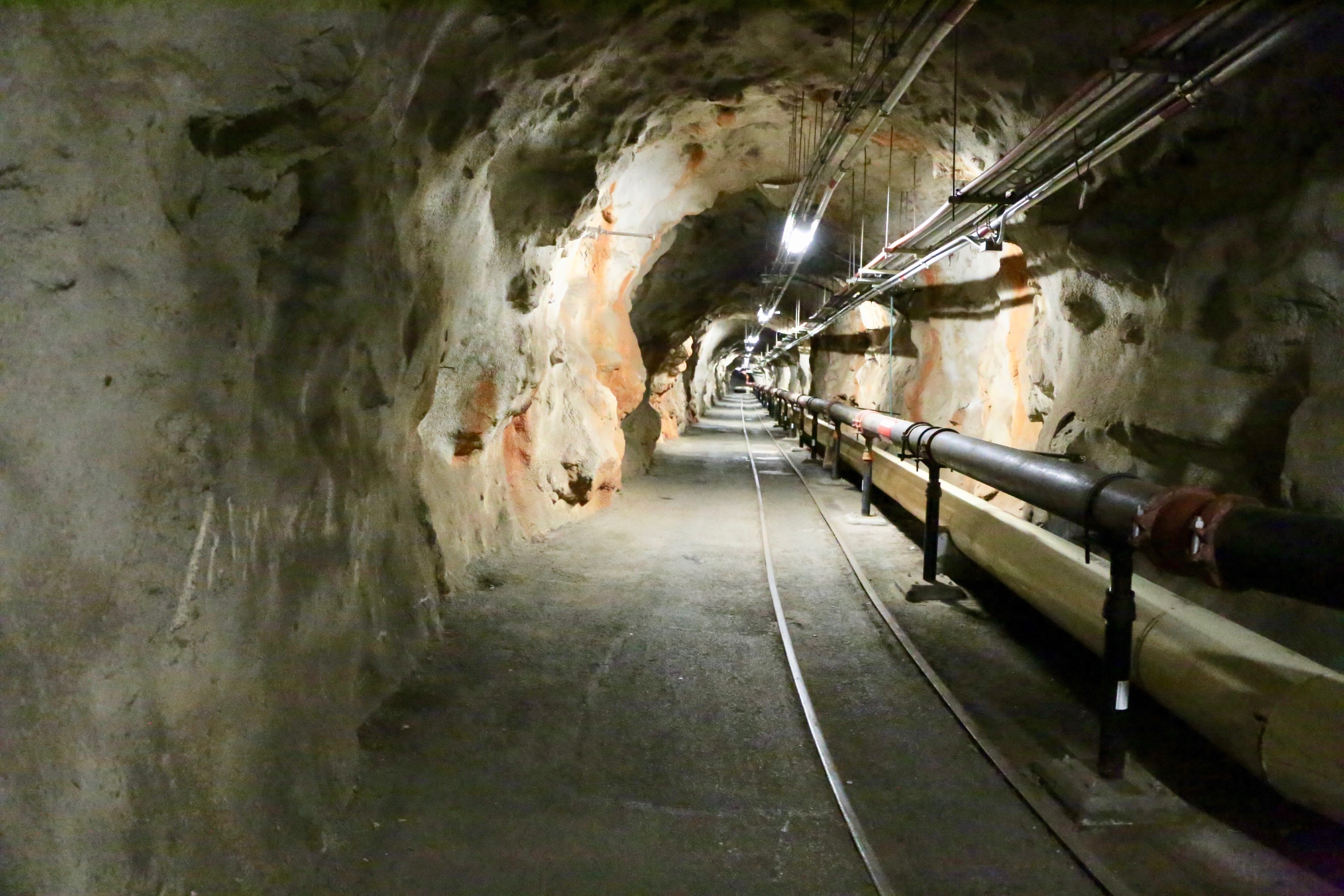
An estimated 371,000 Californians -- about 1% of the state's residents -- rely on drinking water that may contain high levels of toxic chemicals such as arsenic, nitrate or hexavalent chromium, according to a study from the University of California campuses in Berkeley and Los Angeles.
In a news release issued Tuesday by UC Berkeley, researchers said the results of the study likely understate the number of people impacted by unsafe drinking water, as the study included just the three chemicals.
The study is the first to quantity the average concentrations of multiple chemical contaminants in both community water systems and domestic well areas statewide, according to the news release.
The team has released an online Drinking Water Tool that policymakers and members of the public can use to look up where their water comes from, as well as map areas of the state where groundwater sources are likely contaminated with unsafe levels of arsenic, nitrate, hexavalent chromium and 1,2,3-Trichlorolopropane.
The study, published in the current edition of the American Journal of Public Health, stresses that addressing inequities in access to safe, clean drinking water will only become more urgent as climate change brings prolonged droughts and limits water availability in the state.
"California's Human Right to Water Law articulates the right to clean and affordable drinking water for people served by both community water systems and domestic wells, but implementing this right is a significant challenge for people who rely on domestic wells because of the lack of regulatory infrastructure," said study co-senior author Rachel Morello-Frosch, a professor of public health and of environmental science, policy and management at UC Berkeley.
Researchers combined data on the state's community water systems, domestic well permits, residential tax parcels, building footprints and census results to locate California households likely to be served by unregulated domestic wells.
Then they used measurements of drinking water and groundwater contamination throughout the state to estimate contaminant levels for those served by both community water systems and domestic wells.
"I think a lot of people might be surprised to learn that, given how wealthy the state of California is, we still don't have universal access to clean drinking water," said study co-senior author Lara Cushing, an assistant professor of environmental health sciences at UCLA. "For the three chemical contaminants that we looked at, we found that places with a higher proportion of people of color experienced greater levels of drinking water contamination."
Get a weekly recap of the latest San Francisco Bay Area housing news. Sign up for NBC Bay Area’s Housing Deconstructed newsletter.



